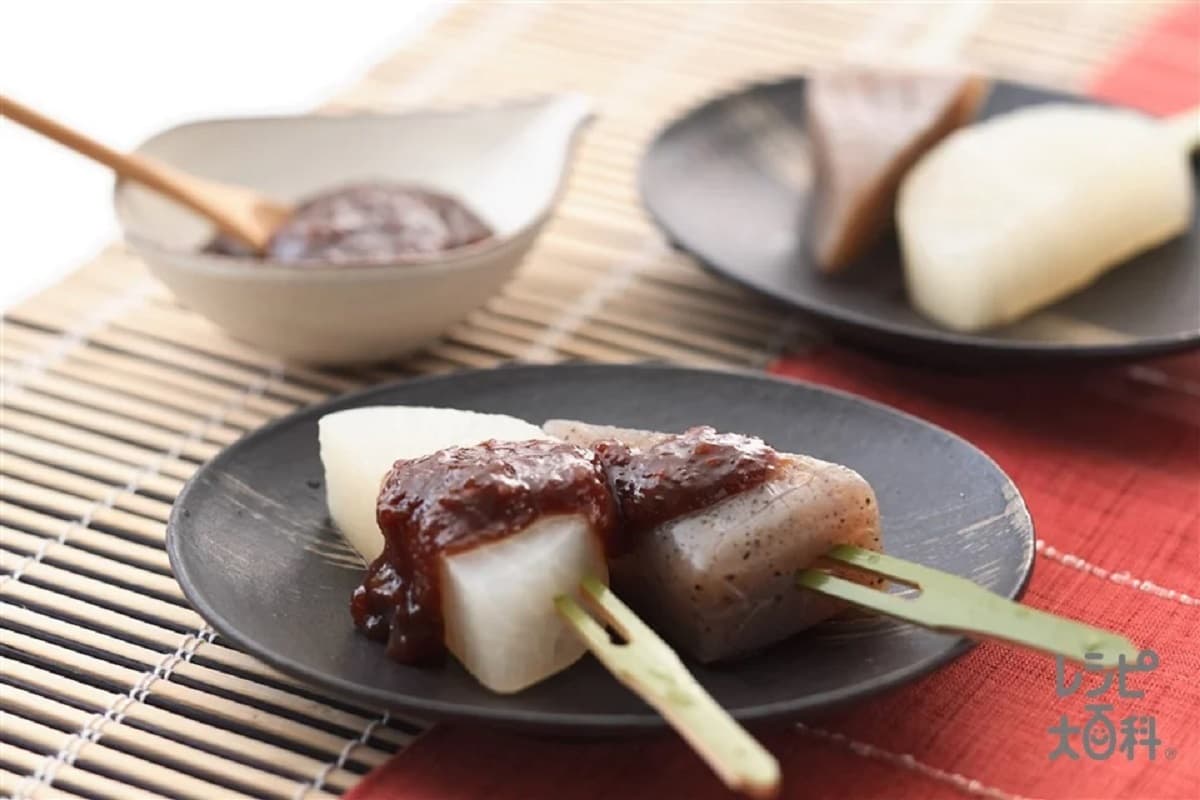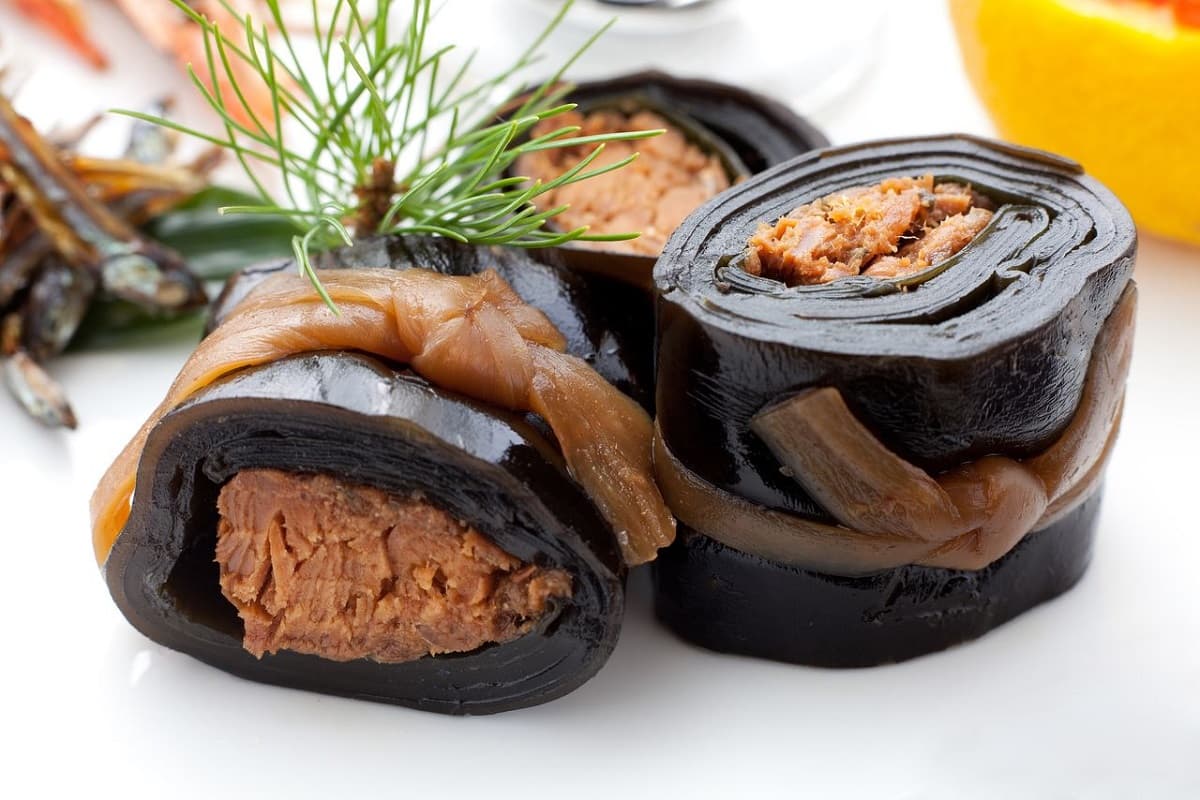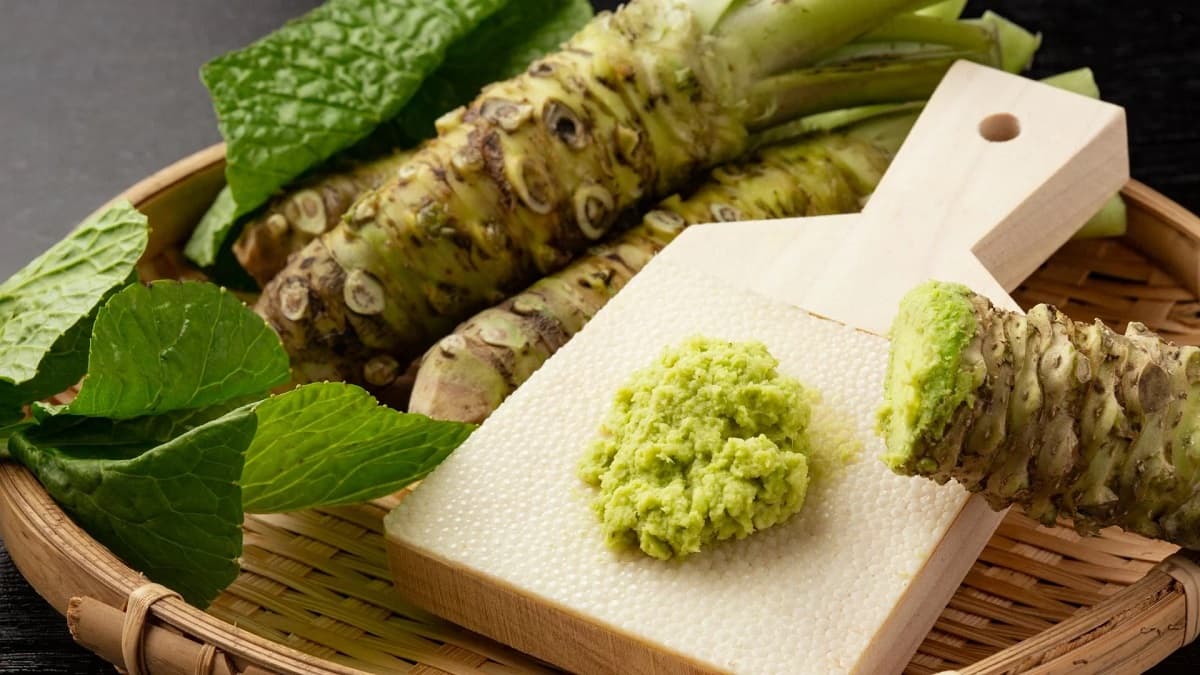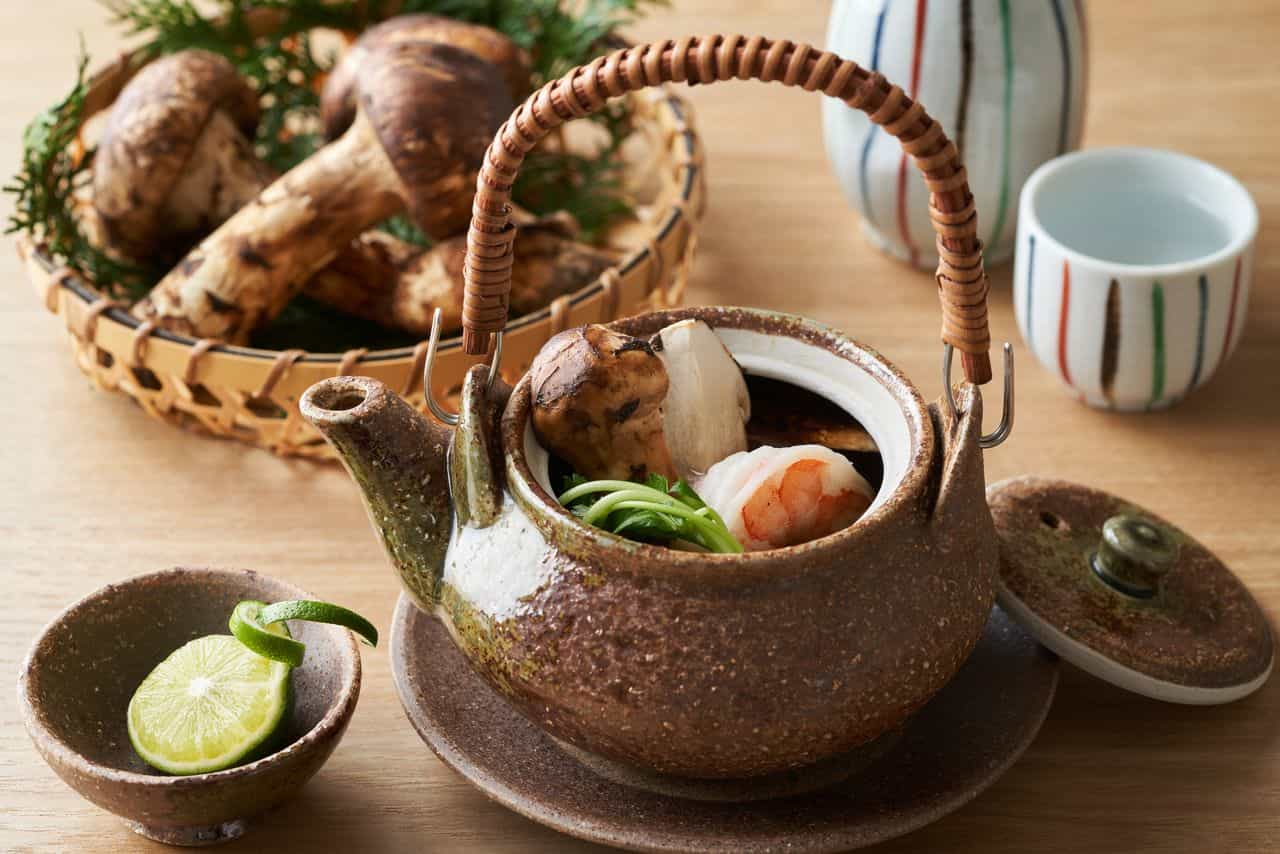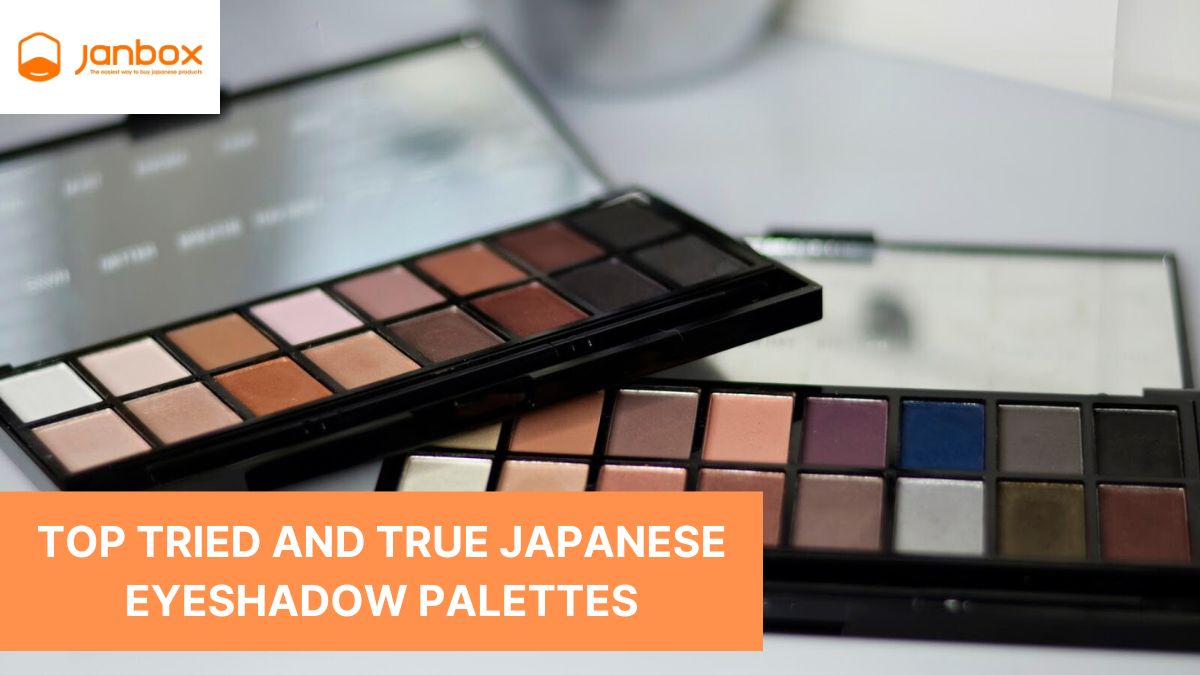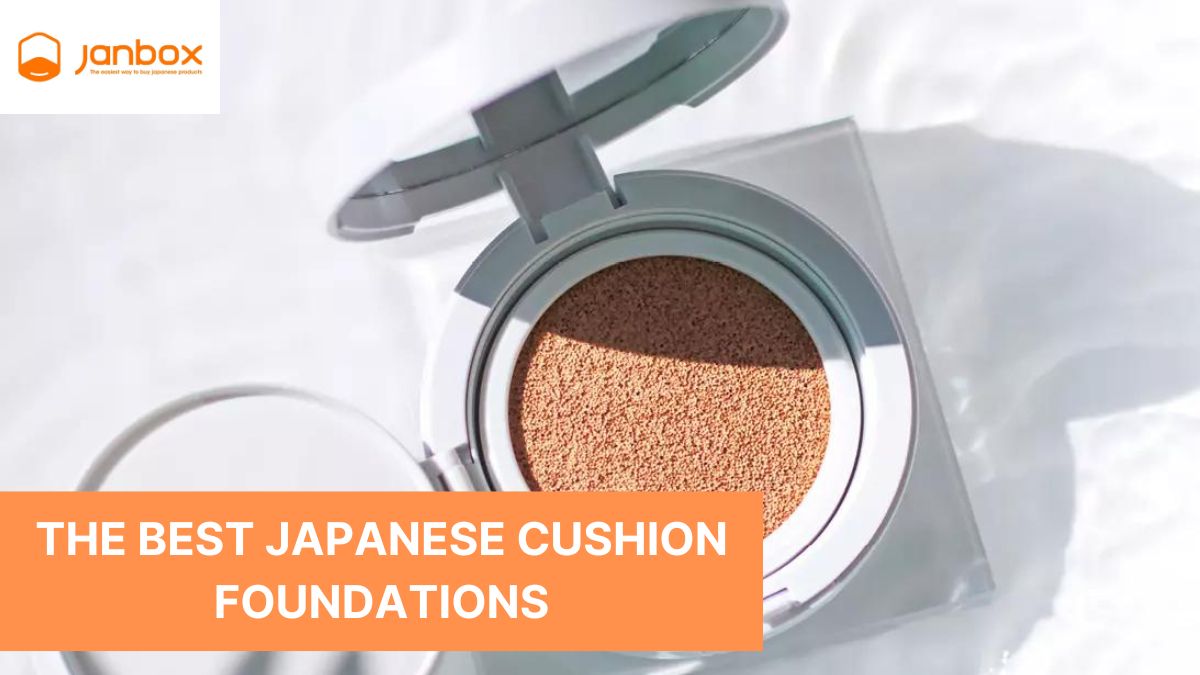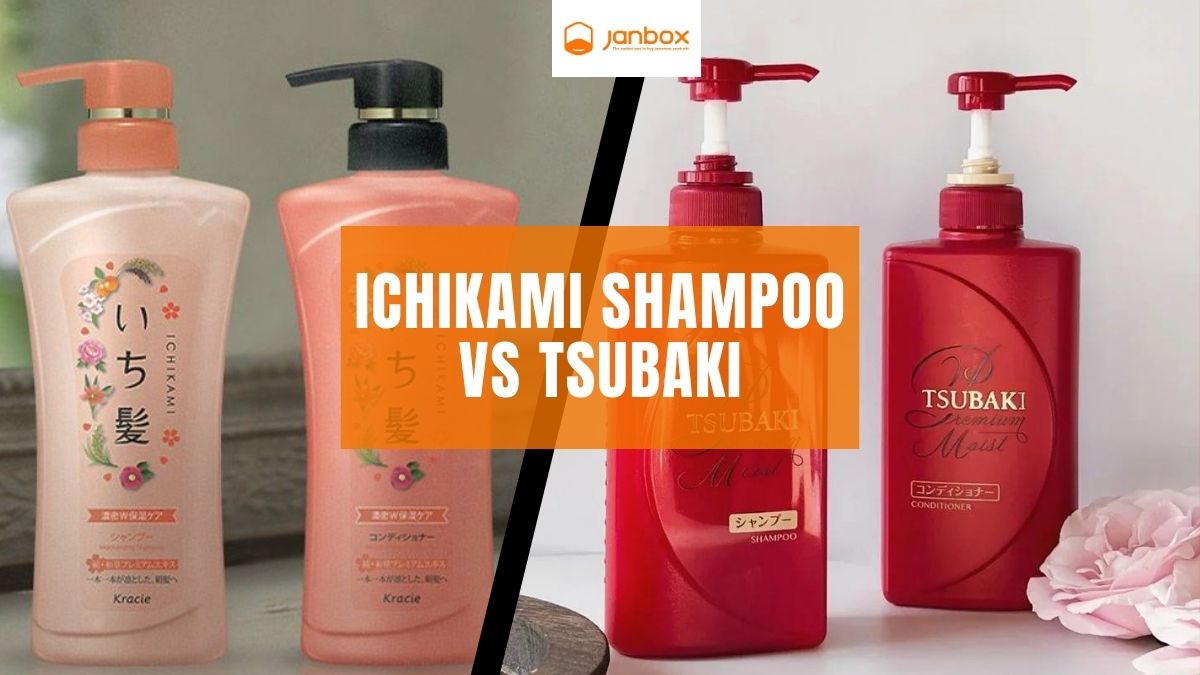There are many fascinating things in Japan that are typically unique to the country. They have a lot of unusual antiques, including relics from the samurai era. Additionally, they produce intriguingly distinctive works of art like Ukiyo-e. Aside from all of these elements, though, food is undoubtedly a distinguishing aspect of Japanese culture. One meal that stands out among many others is this nutritious jelly-like snack from Japan called Konnyaku.
1. What is Konnyaku (Konjac)?
What is konjac you ask? Konnyaku is a rubbery, flavorless snack that occurs in various Japanese recipes. It has the substance of a rubber sole mixed with Jell-O and gives your teeth a strange sensation when you bite into it.
There may have been a time when you were eating it in a bowl of oden and realized you had no idea what it was. Is it a sea creature? Is it vegetable pulp or gelatinized seaweed?
It turns out that this is a form of potato jelly. The potato in question is known as konjac in English (its scientific name is amorphophallus konjac, which does not sound appealing).
Konnyaku is a taro-like potato native to Asia’s tropical and subtropical regions. Almost all of Japan’s konnyaku comes from the northern Kanto region, specifically Gunma Prefecture. Other interesting names for potatoes include devil’s tongue, voodoo lily, elephant foot, and snake palm.
Japanese Konnyaku is best used in Asian dishes, particularly soups with a flavorful broth. They are, as previously stated, highly “bouncy.” It’s difficult to understand if you haven’t eaten them, but they don’t have the same bounce as tofu or jello. This is a firm bounce, although not quite as firm as a rubber ball bounce.
Do you want to know what this type of food tastes like? It tastes like nothing at all! It’s nearly non-food (it hardly has any nutritional value aside from dietary fiber). It will pick up on the flavors of the soup liquid. The longer you leave it to cook, the more flavor it will absorb.

2. How to make konnyaku?
So what is konnyaku made of? In Japan, it is made from potatoes and added to common dishes like sukiyaki and oden.
The steps for making konjac in Japan are as follows, simplified:
- Konnyaku potatoes should be harvested.
- Wash the potatoes to clean them.
- Make thin strips out of the potatoes.
- The potato strips should be dried.
- To prepare flour, mill the potato strips.
- Fill the flour with water.
- Thoroughly combine.
- Calcium should be added to konnyaku. Add calcium hydroxide or eggshell calcium to do this.
- Form into the required shapes.
- Boil.
- Take out of the containers. Consume konjac alone or in combination with other nutritious nutrients.
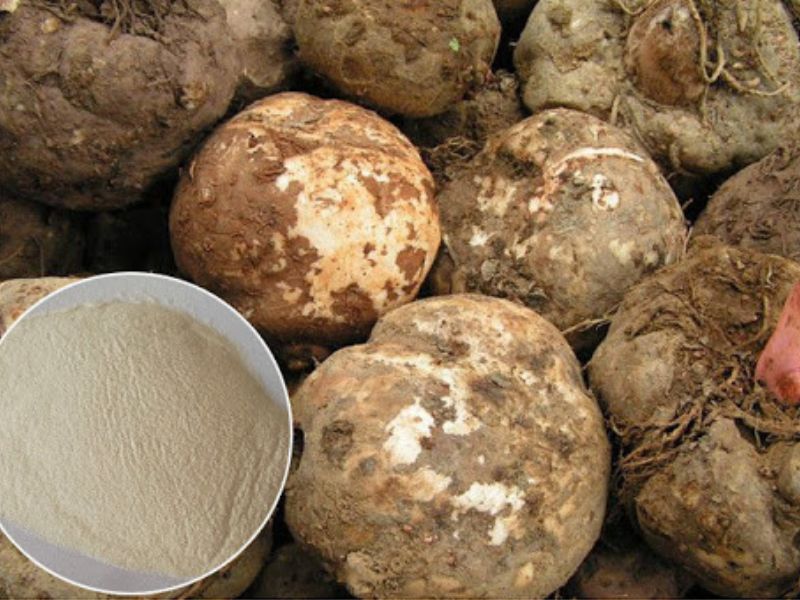
3. What are the Konnyaku benefits?
Konjac offers various potential health benefits. Many of these advantages are due to the high concentration of glucomannan, a soluble dietary fiber found naturally in the konjac plant.
Let us go over these potential Konnyaku health benefits in further detail.
- Enhances digestion
Because konjac is water soluble, it helps with digestion. It can boost your digestive system, which makes it a fantastic natural cure for people who have digestion issues. Hemorrhoids and constipation can also be helped by it.
- Helps manage diabetes
Konjac contains glucomannan, which is a wonderful agent to help control sugar levels in the body and so aid with the management and symptoms of diabetes.
- Absorbs minerals
Your daily nutritious food will be considerably more beneficial if you utilize konjac to aid in mineral absorption. Any foods and beverages you consume will be more efficiently utilized by assisting with the absorption of minerals.
- Oral health benefits
The konjac plant’s anti-bacterial characteristics make it useful for treating toothaches and other minor oral health issues. The Konjac plant can help remove plaque and combat bacteria on teeth.
- Increased immunity
It is thought that you might have a stronger immune system as a result of the anti-bacterial and antioxidant qualities of the konjac plant. Your body might be able to combat common illnesses like the flu and the common cold more successfully.
- Controlled blood pressure
You might want to consider including konjac root in your diet if you struggle with high blood pressure. Your heart health will benefit from the plant’s ability to control blood pressure levels.
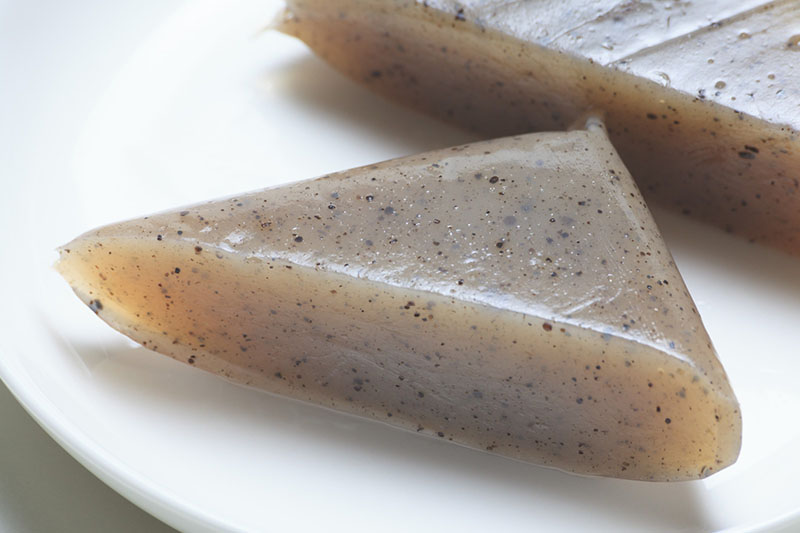
- Eye Health
The konjac plant has an intriguing advantage in that it can improve eye health. The plant can aid in the treatment of eye-related issues, including eye irritation. It can aid in maintaining the health of your eyes and strengthening optical nerves.
- Boost metabolism
The consumption of konjac can help elevate energy levels and speed up metabolism. For individuals wishing to enhance their fitness or aid in weight loss, this is a fantastic alternative.
- Aiding PMS symptoms
Many women and girls experience PMS, however, the konjac plant can assist by adding extra vitamins and minerals to your diet. Some of the symptoms of PMS in women may be lessened.
- Anti-inflammatory
Anti-inflammatory compounds, are abundant in konjac and are beneficial for the health of bones and joints. You may discover a way to provide your bones with the nutrition they need and lessen joint discomfort. For people with illnesses like arthritis, this is extremely helpful.
- Better skin
Konjac sponges are a great option if you’re searching for a beauty product to help clean your face of the filth and debris that accumulates during the day. Konjac sponges can be used to cleanse the face and, because they are antimicrobial, they can help treat acne and battle greasy skin. When you’re done with them, you can easily toss these sponges in your compost because they are natural and biodegradable.
4. Why is konnyaku good for weight loss?
As you may already be aware, konjac has several advantages, one of which is weight reduction assistance. Eating dishes containing konjac as the main ingredient has proven to be the single most effective strategy for people to lose weight with the konjac plant. The reason is that konnyaku calories is about 3 calories per 100 grams (considering 100 grams of cucumber have 10 calories, this is really, really low). Therefore, it is a fantastic substitute for people looking to maintain their weight reduction by eating foods that are often higher in calories and carbs.
Additionally, konjac is fully gluten-free. And it becomes a gel-like substance that traps fats, carbohydrates, and other poisons when combined with a little water. Additionally, it has the largest natural concentration of dietary fiber, making it very full.
Konjac has a long history of being used as a “broom for the stomach” in its native Japan because of all these factors. There are now foods like spaghetti noodles, konjac rice, and shirataki noodles that have fewer carbs and consequently fewer calories. What does this all add up to? The best 1-2-3 diet punch one could ask for!
5. Where can you buy konnyaku?
If any Asian or Japanese grocers are located nearby, they frequently carry konnyaku. You can purchase such noodles from significant shops in Australia as well. Additionally, you may buy it online from stores like Amazon, eBay, and many others on Janbox.
>>Read more: Konbumaki – The lucky meal in Japanese culture
6. How to cook konnyaku?
Any dish that includes konjac is a terrific complement because it effectively transforms it into a healthier meal. You have the option of using prefabricated konnyaku blocks, noodles, rice, and many more forms that you can purchase from your local grocery store. Fresh konnyaku made from the plant’s corm is also available. There is no need to worry about choosing fresh or processed konjac because their nutritional qualities are similar, making either option a healthy one.
Now have a look at some konnyaku recipes you can try and how:
- Konnyaku noodles
Konnyaki noodles are created by shaping your mixture into noodles or rice-like shapes. They are also known as shirataki noodles or “white miracle noodles” due to the health advantages they offer.
To enjoy a tasty, nutritious dinner, mix them with meat and veggies or add sauce.
- Konnyaku jelly
Wondering how to make konnyaku jelly? Konnyaku jelly is made by boiling konjac powder with water. It produces a jelly-like consistency that is slightly chewier than typical gelatin products.
The fruit flavor is usually added, and it can be served in miniature molds or plastic cups as a bite-sized dessert.
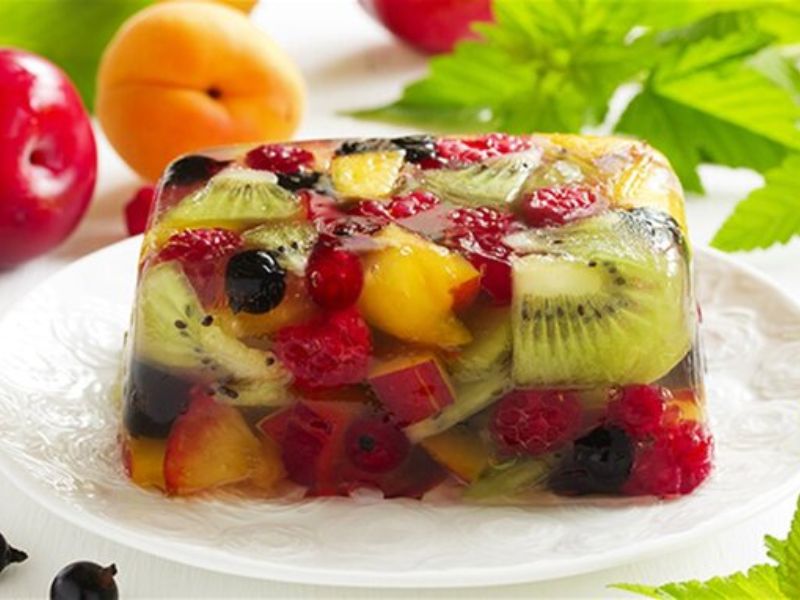
- Konnyaku yam cake
Konnyaku can be served as a mushy cake-like loaf due to its fluid nature. It is customary to use sauces and spices to cover up the dull flavor. Dashi, soy sauce, and chili pepper are a few examples.
The level of spice in the cakes can vary depending on what you add. The cake can be cut into pieces or served on a stick.
- Tama konnyaku balls
Tama konnyaku balls are one of the numerous varieties of konnyaku. The majority of the time, they are prefabricated servings that may be added to a number of foods.
You could use teriyaki sauce or another sauce of your choice to glaze them, for example. Then combine them with meat and vegetables, skewer them, and have a tasty barbecue-style supper!
- Konnyaku sashimi
As was already mentioned, the konnyaku is available in a variety of forms, including the packets of sashimi that are now also sold in stores. Depending on the flavor of the konnyaku, these pre-sliced sashimi are either green or yellow in hue. While yellow sashimi typically has citrus flavors, green sashimi is typically flavored with fish. To give the chewy jelly in this konnyaku sashimi a little crunch, it can also be lightly scorched on a skillet. You can have a supper that is both healthful and filling by adding only a tiny bit of wasabi paste and some soy sauce or mustard sauce.
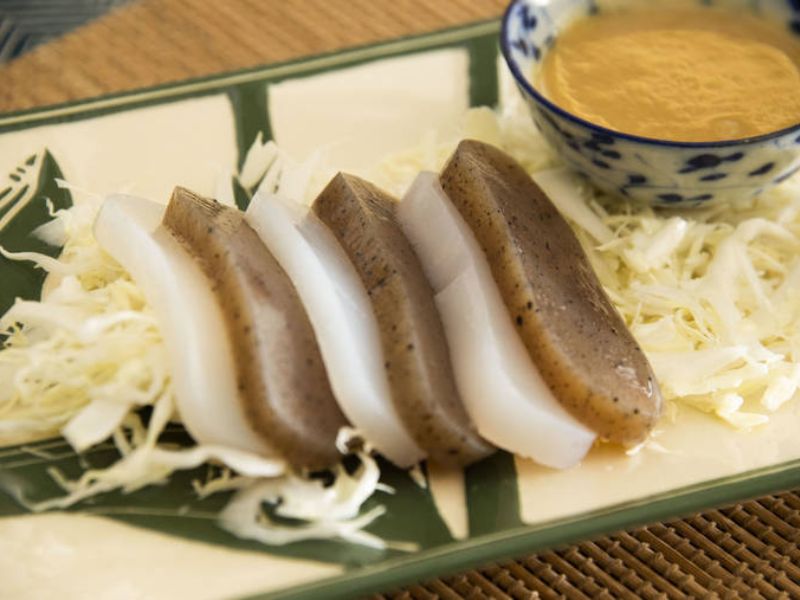
- Simmered Konnyaku with beef
You might try making the “Simmered Konnyaku with Beef” if you want a dish that takes more effort to prepare. To cook this dish, you will need:
- 4 ounces of stewing beef (cut into half-inch cubes)
- 3 tablespoons of cooking oil
- 3 cups of dashi
- 2 tablespoons of soy sauce
- 2 tablespoons of mirin
- 2 tablespoons of sake
- 1 teaspoon of sugar
- and 2 tablespoons of miso paste
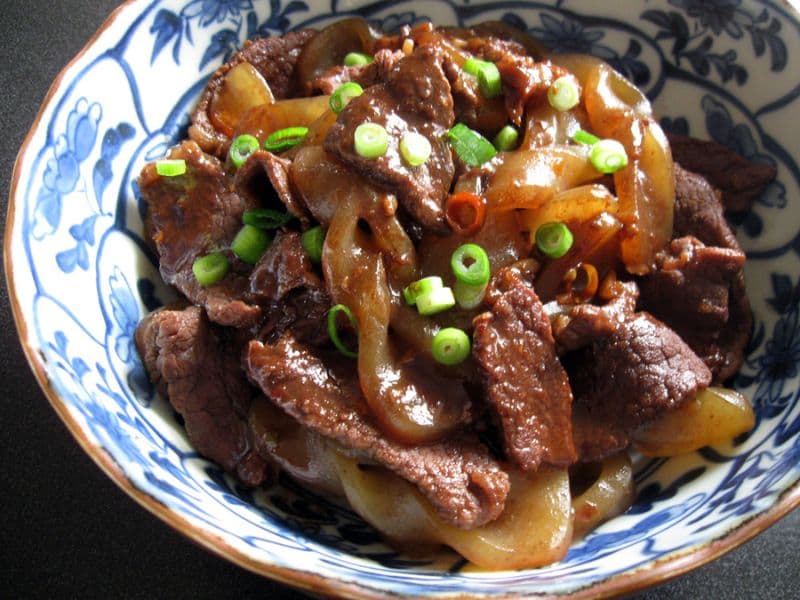
Then it’s time to cook:
- In a medium-sized pot, heat the water until it boils. Konnyaku block is added. Cook for ten minutes. Drain and get rid of water.
- Make ½” thick cubes out of the konnyaku by cutting it lengthwise into two even blocks. Next, take each cube and make a series of tiny horizontal and vertical cuts to allow liquids to pass through. Set apart.
- Heat a skillet over high heat. Cooking oil should be added. Then brown the cubed beef on all sides. Using a slotted spoon, remove from the pan. Sauté the konnyaku in the remaining fat until the surface is slightly blistered and browned. Set aside after removing from the heat.
- In a medium saucepan, combine the beef and konnyaku, dashi, soy sauce, mirin, and sake. Bring to a boil, then reduce to low heat and cook for 1 to 1,5 hours, or until the meat and konnyaku are soft.
- Stir in the miso paste until it dissolves.
If these above dishes aren’t enough for you, you can easily search the internet for more konnyaku-based dishes, such as “Konnyaku Acqua Pazza with Root Veggies” or “Konnyaku Chocola,” a dessert that may be the healthiest dessert you’ll ever consume in your life. Since konnyaku is generally used as a meal replacement for common carbohydrates, you can experiment with any recipes as long as you know how to prepare the konnyaku to acquire the texture you like.
Conclusion
Given all the benefits of konnyaku, it is not unexpected to see more dishes and textures on the market these days. With the globe heading toward healthier and longer lives, it is a no-brainer that many people will include konnyaku in their diets. And because it is a plant, it is also a fantastic alternative for vegetarians. The best approach to satisfy your curiosity is to go out and taste the konnyaku for yourself if, after all this debate about it, you still find yourself wondering why it’s so well-liked. Without a doubt, you will stand to gain everything.

